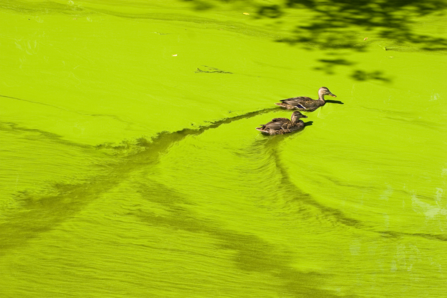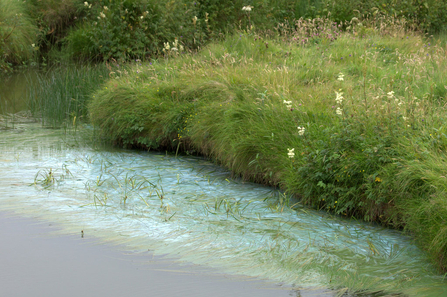When sewage makes the news headlines, it's usually in the form of a 'pollution incident' - murky water pours from a pipe into a river, or beaches are declared unsafe for swimming. These events are striking because they show a sudden change in the natural environment, but do these dramatic happenings tell the entire story?
In rural Hampshire, many properties are not connected to the main sewer system, relying instead on private 'off-mains' cesspits, septic tanks, and small sewage treatments plants. In the right circumstances, these systems offer a solution to a complex problem, but when something goes wrong then disaster quickly looms.
The kinds of issues found in faulty or mismanaged off-mains systems cause something called 'chronic pollution'. In contrast to a pollution incident, this happens over a long period and isn't always immediately obvious. A under-performing system may slowly leak waste or release pollutants with its discharged wastewater.
As such, while the percentage of off-mains properties is small, they have the potential to massively damage their local areas. This is compounded by the fact that they often occur in clusters - sometimes entire villages. It might be slow, and it might be subtle, but if something is amiss then homes and nature are both at risk.



